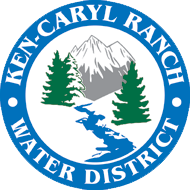Using water efficiently helps to ensure that we sustain a vibrant environment, economy, and quality of life.
Colorado has a semi-arid climate, and that makes water one of our most precious resources. It is essential to many of the things that make Colorado, and our community, a great place to live, work, and play. Conservation is key to ensuring this precious resource is available to every Coloradan.
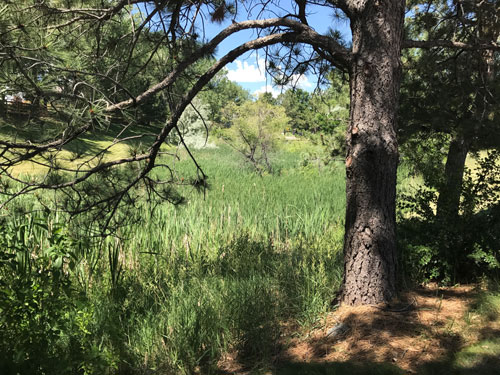
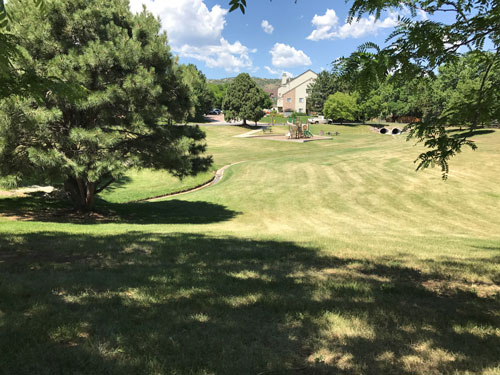
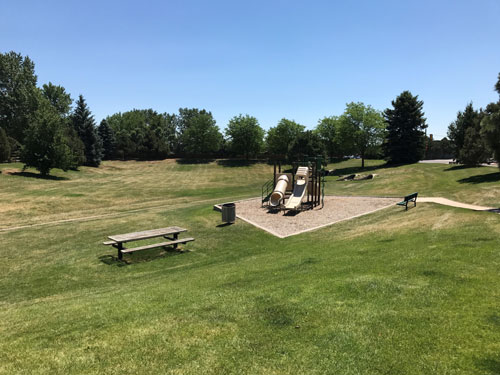
Ways to Conserve Water Year Round
Monitor your water bill for unusually high use. Your bill and water meter are tools that can help you discover leaks. Look for products bearing the EPA WaterSense Label for items that have been certified to save 20% or more without sacrificing performance.
Indoor Tips
Outdoor Tips
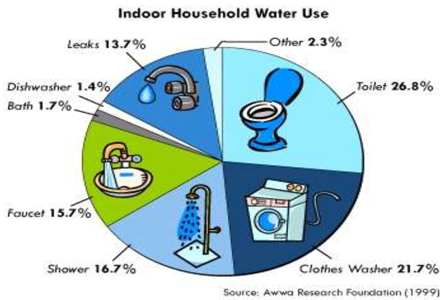

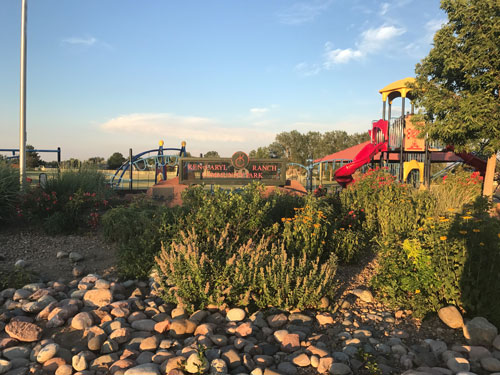
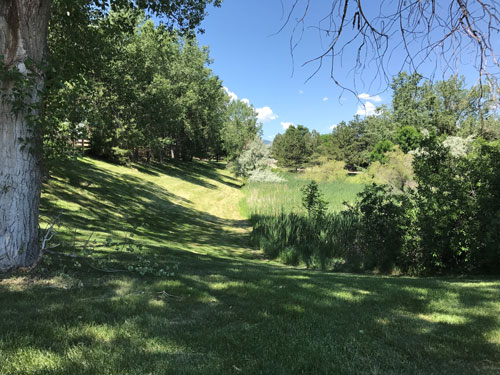
Minutes to Water per Zone Per Month
The chart below is a starting point for the number of minutes to water each sprinkler zone on the days you determine watering is needed. These times are averages. Adjust your watering minutes based on rainfall, type of grass or plants, sunny or shady locations and other characteristics.
Watering two days a week should be sufficient during most of the summer. If needed, water a third day during extreme heat or dry periods. There are no assigned watering days, but never water a zone more than three days a week and never between 10 a.m. and 6 p.m..
Water trees and shrubs as needed, but watering is not allowed between 10 a.m. and 6 p.m.. Shrubs and perennials need half as much water as lawns.
Scroll the table left and right to see all sprinkler head type recommendations.
| Month | Fixed spray heads | Rotor heads | Rotary/high-efficiency nozzles | Manual sprinklers |
|---|---|---|---|---|
| January- April water trees and shrubs as needed. | ||||
| May | 12 minutes | 24 minutes | 30 minutes | 18 minutes |
| June | 17 minutes | 35 minutes | 43 minutes | 26 minutes |
| July | 18 minutes | 36 minutes | 45 minutes | 27 minutes |
| August | 14 minutes | 27 minutes | 34 minutes | 20 minutes |
| September | 11 minutes | 23 minutes | 28 minutes | 17 minutes |
| October-December water trees and shrubs as needed. |
Be smart with your sprinklers – try cycle and soak!
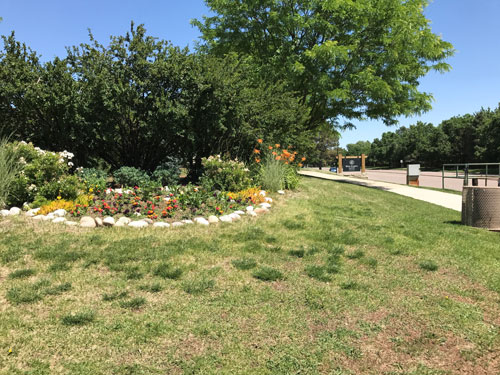
Outdoor Water Use Rules
To help conserve water and reduce water waste, the following watering rules are in effect from May 1 to October 1 each year.
